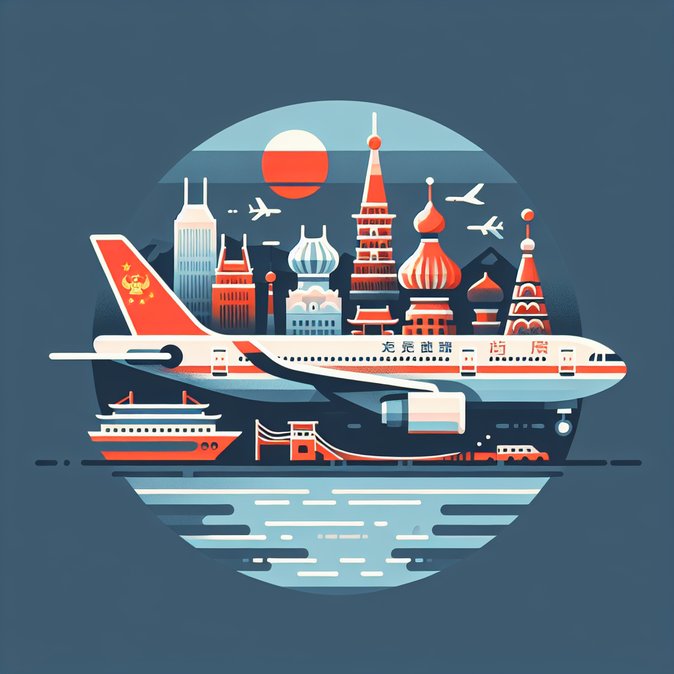
Tianjin Airlines reinstated its Chongqing–Moscow nonstop on 19 November, restoring a strategic air bridge between western China’s manufacturing heartland and Russia after a three-year suspension. The weekly Airbus A330 service departs Chongqing Jiangbei at 10:55 AM Beijing time and lands at Moscow Sheremetyevo at 2:55 PM local time, with the return leg arriving back in Chongqing early Wednesday morning.
The route complements existing Beijing, Shanghai and Guangzhou frequencies operated by Chinese and Russian carriers, but is Chongqing’s first long-haul passenger connection since pandemic cuts. Local officials hailed the restart as vital for Belt-and-Road logistics: Chongqing hosts major auto and electronics exporters that have struggled with elevated air-freight rates and circuitous routings via Beijing.
![Chongqing–Moscow nonstop resumes, giving western China a direct link to Russia]()
Passenger volumes are expected to be modest initially—tourism from Russia to China remains at 52 percent of 2019 levels—but forward bookings for January’s peak electronics trade fair already exceed 70 percent seat occupancy, the airline said. Tianjin Airlines plans to double the frequency to twice weekly from March 2026, contingent on load factors.
Business travellers should note that Russian nationals still require a visa to enter China, but processing times in Moscow have fallen to five working days. Meanwhile, Chinese citizens enjoy Russia’s e-visa for 16-day stays introduced earlier this year. Companies with operations in Chongqing may find the nonstop more time-efficient than connecting through Beijing, shaving at least four hours off door-to-door itineraries.
Analysts view the flight as another data-point in the gradual normalisation of Sino-Russian air links despite Western sanctions, and a signal that second-tier Chinese cities are re-entering the intercontinental aviation map.
The route complements existing Beijing, Shanghai and Guangzhou frequencies operated by Chinese and Russian carriers, but is Chongqing’s first long-haul passenger connection since pandemic cuts. Local officials hailed the restart as vital for Belt-and-Road logistics: Chongqing hosts major auto and electronics exporters that have struggled with elevated air-freight rates and circuitous routings via Beijing.

Passenger volumes are expected to be modest initially—tourism from Russia to China remains at 52 percent of 2019 levels—but forward bookings for January’s peak electronics trade fair already exceed 70 percent seat occupancy, the airline said. Tianjin Airlines plans to double the frequency to twice weekly from March 2026, contingent on load factors.
Business travellers should note that Russian nationals still require a visa to enter China, but processing times in Moscow have fallen to five working days. Meanwhile, Chinese citizens enjoy Russia’s e-visa for 16-day stays introduced earlier this year. Companies with operations in Chongqing may find the nonstop more time-efficient than connecting through Beijing, shaving at least four hours off door-to-door itineraries.
Analysts view the flight as another data-point in the gradual normalisation of Sino-Russian air links despite Western sanctions, and a signal that second-tier Chinese cities are re-entering the intercontinental aviation map.











